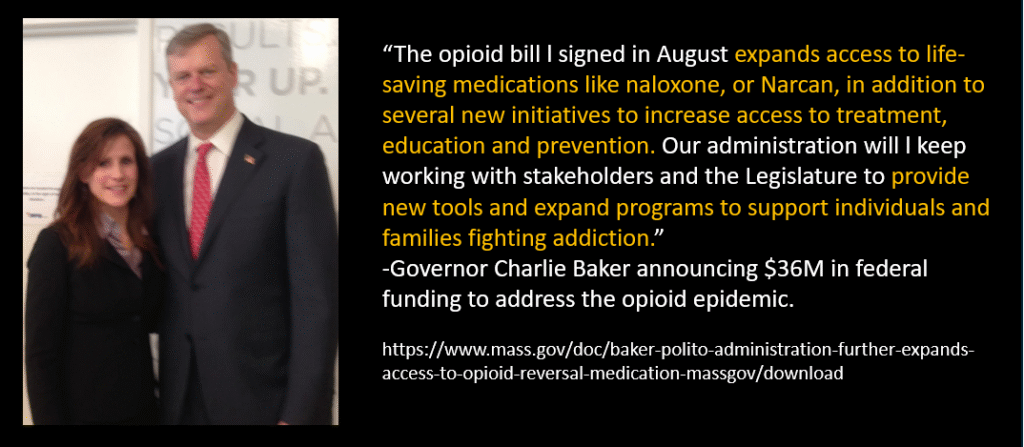
Healthcare interventions aimed at reducing inequalities focus on improving access, quality, and equity in healthcare delivery for all populations, particularly those who experience disparities. These interventions encompass a range of approaches, from addressing systemic issues to implementing individual-level changes, with the goal of eliminating disparities in health outcomes. My early research in this area assesses the costs and benefits of various health interventions such as the value of antihypertensive drugs and osteoporosis treatments .
More recently, I have studied the disparity in opioid prescribing patterns and the use of opioid-deterrent medications such as Buprenorphine and Naloxone. Using privately-insured medical claims data, my research shows that patients in rural areas are 10 percentage points more likely to receive an opioid prescription than those in urban areas (Modestino et al., 2025). About half of this differential stems from the underlying health conditions of residents, with patients in more rural areas more likely to be veterans or retires with more serious diagnoses. However, for a given diagnosis, much of the remaining gap can be explained by differences in the health care delivery system (more general practitioners per capita) and economic conditions, (greater share of employment in physically demanding occupations) as well as interactions between the two. Using the same claims dataset, my co-authors and I demonstrate the complexities of using machine learning to identify potential risk factors of opioid use disorder, understanding off-label prescribing patterns of buprenorphine and naloxone for pain rather than opioid use disorder, and documenting the incredibly high rate (75%) at which patients discontinue the use of opioid-deterrent medications, often well before they can typically meet criteria for sustained remission (Hasan et al. 2021, Paulsen and Modestino et al. 2020).
Tragically, more than one-third of opioid-related deaths are attributed to secondary users of prescription opioids with two-thirds of these users obtaining painkillers from family and friends. Using a randomized control trial, I tested whether patients were more likely to return unused opioids when informed about how to safely dispose of their medication at a community health center, varying the intervention to provide only information or coupling it with a financial incentive, a text message reminder, a mail-back envelope, or clinician involvement. We found that treated patients were 3.3 percentage points more likely to return their unused opioid medication to the pharmacy than those in the control group (Modestino et al, 2025). Providing a mail back envelope more than doubled the return rate yet the return rate remained small in magnitude, suggesting that while pharmacy medication return programs can be useful in removing opioids from a small number of households, they are unlikely to yield sizeable reductions in opioid overdose and deaths within a community. In a related paper, my coauthors and I use a data-driven optimization framework to determine the optimal incentive disbursement plans and locations of easily accessible opioid disposal kiosks to increase the motivation for prescription opioid users to return their unused opioids.
PEER REVIEWED JOURNALS
Modestino, A., Young, G., Alam, M., Hasan, M., & Shie, J. Why Are Opioid Prescribing Rates Higher in Rural versus Urban Areas? IZA Institute of Labor Economics, Discussion Paper No. 17738, pp. 1-59. Submitted: PLOS One, April 2025.
[Pre-print Version]
Media Coverage: EconoFact Chats [2021], Freakonomics [2020]
Hasan, M., Faiz, T., Modestino, A. Young, G. & Alam, M. 2023. Optimizing Return and Secure Disposal of Prescription Opioids to Reduce the Diversion to Secondary Users and Black Market. Socio-Economic Planning Sciences, 86:101457.
[Publication]
†Hasan, M., †Mohite, P., Islam, M., Alam, M. Modestino, A. Peckham, A., Young, L. & Young, G. 2021. Patterns of Patient Discontinuation from Buprenorphine/Naloxone Treatment for Opioid Use Disorder: A Study of a Commercially Insured Population in Massachusetts. Journal of Substance Abuse Treatment, 131:108416.
[Publication]
†Hasan, M. Young, G., †Patel, M.R., Modestino, A., Sanchez, L. Alam, N. 2021. A machine learning framework to predict the risk of opioid use disorder. Machine Learning with Applications, 6(15): 10144.
[Publication]
Paulsen, R.†, Modestino, A., † Hasan, M., Alam, M., Young, L., & Young, G. 2020. Patterns of Buprenorphine/Naloxone Prescribing: An Analysis of Claims Data from Massachusetts. American Journal of Drug and Alcohol Abuse, 46(2): 216-223.
[Publication]
Killelea, B., Modestino, A., Gass, J., Kuerer, H., Margenthaler, J., Boolbol, S., Dietz, J., & Manahan, E. 2019. The 2018 Compensation Survey of the American Society of Breast Surgeons. Annals of Surgical Oncology, 26(10): 3052–3062.
[Publication]
Cutler, D., Long, G. Berndt, E. Sasser, A., Royer, J., Fournier, A. Cremieux, P. 2007. “The Value of Antihypertensive Drugs: A Perspective On Medical Innovation,” Health Affairs, vol. 26, no. 1: 97-110.
[Publication]
[Working Paper Version]
Meadows E, Rousculp M, Sasser A, Birnbaum H, Moyneur E, Mallet D, Johnston J. 2007. “Actual versus predicted first-year utilization patterns of teriparatide in patients with employer-sponsored health insurance.” Current Medical Research and Opinion 23(12):3215-22.
[Publication]
Sasser, A., Rousculp, M., Birnbaum, H., Moyneur, E., Wu, E., Marcus, R. 2005. “POS1 Using a Budget Impact Model to Predict First-Year Use of a New Osteoporosis Therapy,” Value in Health, vol. 8, no. 3, pp. 408.
[Publication]
Working Papers in Preparation for Submission
Modestino, A.,Cheng, P. Young, G., Alam, M., Mam DaCunha, A., LaFlamme, E. 2025. No Givesies, No Takesies, No Backsies? An Evaluation of a Community Health Center Opioid Buyback Program. Submitted: American Economic Review: Insights, May 2025.
Media Coverage: EconoFact Chats [2024], , Freakonomics [2020]
Modestino, A. and Dennett, J. 2022. The Impact of Health Care Reform on Employers: Lesson Learned from Massachusetts.
PUBLIC POLICY REPORTS AND BRIEFS
Modestino, A. 2021. How Opioid Overdoses Reached Crisis Levels. EconoFact, November 19, 2021. [Publication]
Sasser, A. 2007. “Reaching the Goal: Expanding Health Insurance Coverage in New England Current Strategies and New Initiatives.” Federal Reserve Bank of Boston, New England Public Policy Center, Research Report No. 07-1.
[Publication]
Lake, T., Sasser, A., Young, C., & Quinn, B. 2002. A Snapshot of the Implementation of California’s Mental Health Parity Law. Mathematica Policy Research, Research Report.
[Publication]